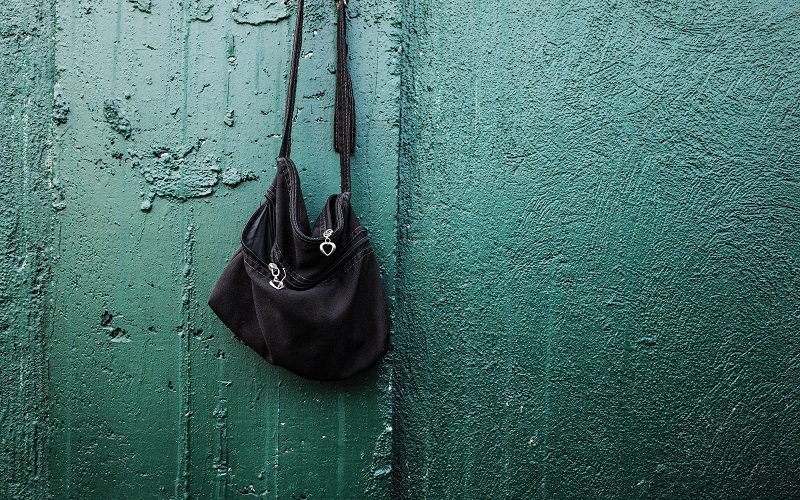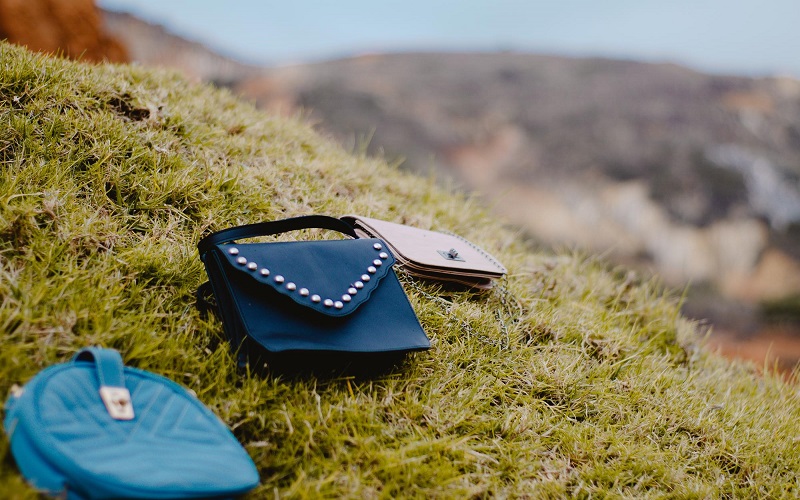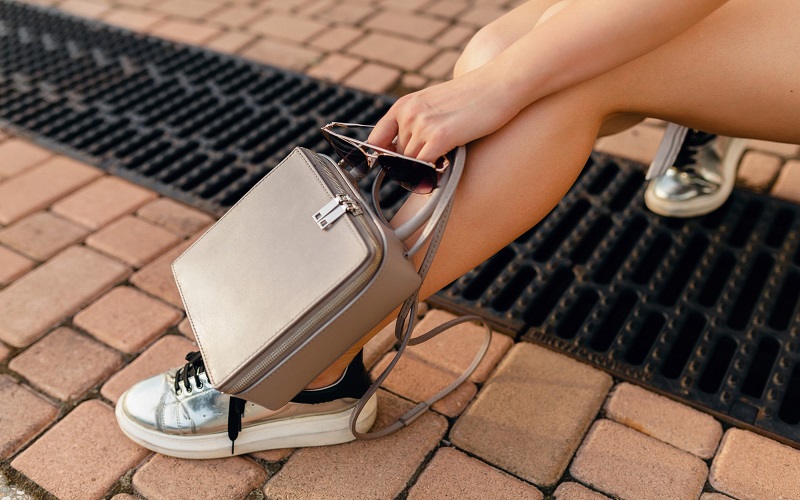5 Mistakes That Can Ruin Your Designer Bag

Owning a luxury designer handbag is not just about fashion; it’s an investment in timeless elegance and craftsmanship. Whether it’s a Hermès Birkin, a Chanel Classic Flap, or a Dior Lady Bag, these bags are meticulously designed with high-quality materials, making them not just accessories but valuable possessions. However, despite their superior craftsmanship, designer bags require care and maintenance to retain their beauty and durability over time.
Many handbag owners unknowingly engage in bad habits that lead to premature wear and tear. From improper storage to exposure to moisture, these mistakes can cause permanent damage to leather, fabric, and embellishments. The result is often faded colors, cracked leather, weakened handles, or misshapen structures that significantly decrease the bag’s value and aesthetic appeal.
To help you preserve your luxury handbag, this guide highlights five of the most common mistakes people make and provides practical solutions to avoid them. By making a few adjustments to how you store, clean, and handle your designer bag, you can keep it in pristine condition for years to come.
Where to Find Authentic Designer Bags
One of the first and most important steps in owning a designer bag is ensuring that you purchase an authentic product. The market today is flooded with counterfeit versions that closely resemble the originals but lack the premium materials, craftsmanship, and durability of genuine designer bags.
To avoid this, it is essential to buy from trusted luxury retailers who guarantee authenticity. Trendy Trades is a premium online store in the UAE that specializes in 100% authentic luxury bags from brands like Hermès, Chanel, Dior, Prada, Louis Vuitton, and more. Shopping at Trendy Trades ensures that you are investing in a genuine designer piece rather than an imitation. The store also offers competitive pricing and expert guidance, making it a reliable destination for fashion lovers looking to expand their collection.
Trendy Trades is one of best UAE website to buy bags and shoes online, you are not only protecting your investment but also gaining access to high-quality designer bags that will stand the test of time.

Why Proper Bag Care Matters: 5 Mistakes You Must Avoid
Luxury handbags are crafted using delicate materials such as fine leather, suede, and exotic skins, which require special care to maintain their texture, structure, and color. Many people assume that these bags are durable enough to withstand daily wear and tear, but without proper maintenance, they can suffer from issues like cracks, discoloration, loss of shape, and stains.
Taking care of a designer bag is not just about keeping it looking new; it’s also about preserving its value. Many high-end handbags, especially limited-edition pieces, appreciate over time, making them worthwhile investments. However, if a bag is poorly maintained, it can lose its charm and significantly decrease in resale value.
Here are five common mistakes handbag owners make that can ruin their precious designer bags and how to avoid them.
1. Storing Your Bag Incorrectly
One of the biggest mistakes people make is improperly storing their designer handbags. Many assume that simply placing the bag in a closet is enough, but poor storage conditions can lead to shape distortion, color fading, and leather damage.
A common issue occurs when bags are left exposed to direct sunlight or artificial lighting. Over time, continuous exposure can cause the color to fade unevenly, making the bag look worn out. Additionally, stacking bags on top of each other or storing them without proper support can cause creases and misshapen structures that are difficult to fix.
To store a designer bag correctly, it should always be kept in its original dust bag or a breathable cotton cover. This prevents dust accumulation while allowing proper airflow. The bag should be placed upright on a shelf, with tissue paper or a bag insert inside to maintain its shape. It’s also crucial to keep bags away from heat, humidity, and direct light to prevent material deterioration.
Proper storage habits ensure that your handbag remains as elegant and structured as the day you bought it.
2. Overloading Your Bag
Many designer handbags are delicate and not meant to carry heavy items, yet many people overstuff them with laptops, books, water bottles, and other bulky essentials. This not only puts excessive pressure on the leather but also stretches the handles and weakens the stitching, causing the bag to lose its original form.
A common misconception is that high-end bags are durable enough to handle heavy loads. However, even sturdy leather can become misshapen and stretched when carrying items that exceed its weight limit. Over time, this can result in sagging, loosened seams, and structural imbalance, ruining the aesthetic of the bag.
To avoid this, it’s best to use a structured tote bag for carrying heavy essentials while reserving delicate handbags for lighter, everyday items. Additionally, rotating between different bags helps distribute wear evenly, extending the lifespan of your collection.
Being mindful of how much weight your bag carries can prevent long-term damage and ensure it retains its beauty and structure.
3. Using Harsh Cleaning Products
Cleaning a designer bag requires special care, yet many people make the mistake of using household cleaners, baby wipes, or alcohol-based solutions, which can strip the leather of its natural oils. These products may seem effective at first, but they often cause drying, discoloration, and cracking over time.
One of the biggest misconceptions is that soap and water are safe for cleaning leather. In reality, excessive moisture can weaken the material, leading to stiffness and peeling. Scrubbing aggressively to remove stains is also a major mistake, as it can fade the leather or leave behind permanent damage.
The best way to clean a designer bag is by using a microfiber cloth and a specialized leather cleaner that is gentle and non-abrasive. Regular maintenance, such as wiping the bag with a dry cloth and using leather conditioning treatments, can prevent dirt buildup and keep the material soft. For deeper cleaning, it’s advisable to seek professional bag spa services, ensuring that your handbag receives expert care.

4. Ignoring Humidity & Moisture
Leather is highly sensitive to humidity and moisture, and many people unknowingly store their bags in damp environments. Excess moisture can lead to the growth of mold, mildew, and unpleasant odors, ultimately damaging the bag’s material and lining.
A common mistake is leaving a bag unprotected in a humid room or storing it in plastic, which traps moisture instead of allowing airflow. Additionally, failing to dry a bag properly after exposure to rain can result in water stains that harden and crack over time.
To prevent moisture damage, always store your bag in a cool, dry area with good air circulation. Placing silica gel packets inside the bag can help absorb excess moisture and prevent mold formation. If a bag gets wet, it should be air-dried naturally—never use a hairdryer or direct heat, as this can cause leather to shrink.
Protecting your bag from humidity ensures that it remains odor-free and in pristine condition.
5. Holding Your Bag with Dirty or Oily Hands
Many people don’t realize that oils, lotions, and dirt from their hands can gradually stain a designer bag, especially on the handles. Over time, these stains darken and penetrate the leather, making them difficult to remove.
A simple yet effective way to protect your handbag is by washing your hands before handling it and using a silk twilly scarf to wrap around the handles. Applying a protective leather spray can also help repel dirt and oil, keeping the surface clean.
Taking small precautions can prevent unwanted stains, ensuring your handbag remains luxurious and well-maintained.
Conclusion
By avoiding these five common mistakes—improper storage, overloading, harsh cleaning, exposure to humidity, and handling with dirty hands—you can extend the lifespan of your designer handbag. Proper care not only preserves the bag’s beauty but also protects its investment value, allowing you to enjoy it for years to come.
FAQs
1. How often should I clean my designer bag?
It’s recommended to clean your designer bag every few weeks or after heavy use. Regular light cleaning with a microfiber cloth can help maintain its appearance. For deeper cleaning, consider professional services.
2. Can I store my designer bag in a plastic bag?
No, storing your designer bag in a plastic bag traps moisture and can cause mold and mildew. Instead, store your bag in a breathable cotton dust bag or a bag insert to maintain airflow.
3. What’s the best way to protect my designer bag from rain?
Avoid using your designer bag in heavy rain. If it does get wet, gently blot the moisture with a soft cloth and let it air-dry naturally. Using a protective leather spray can also help protect against water damage.
User Reviews


